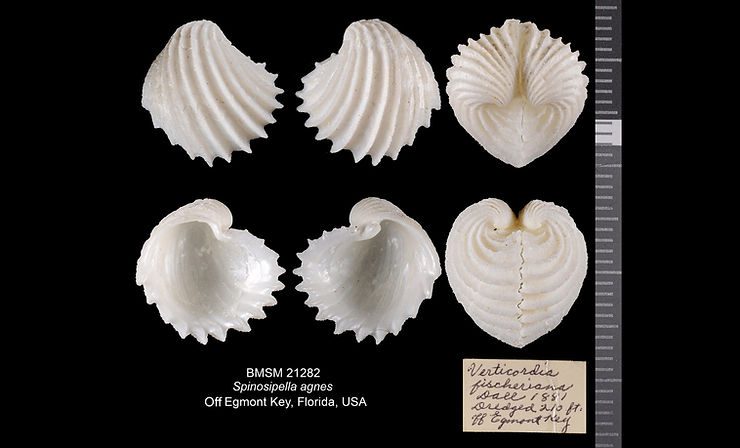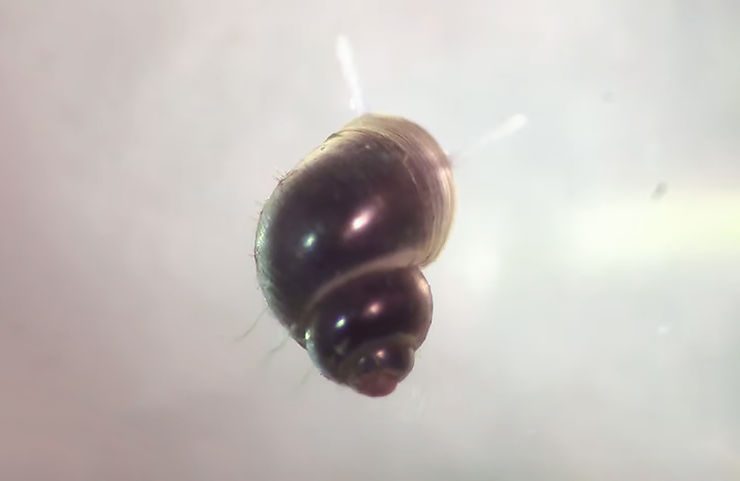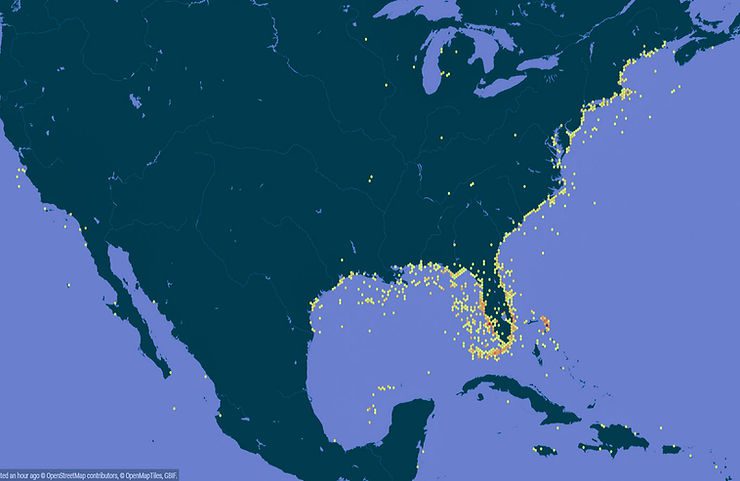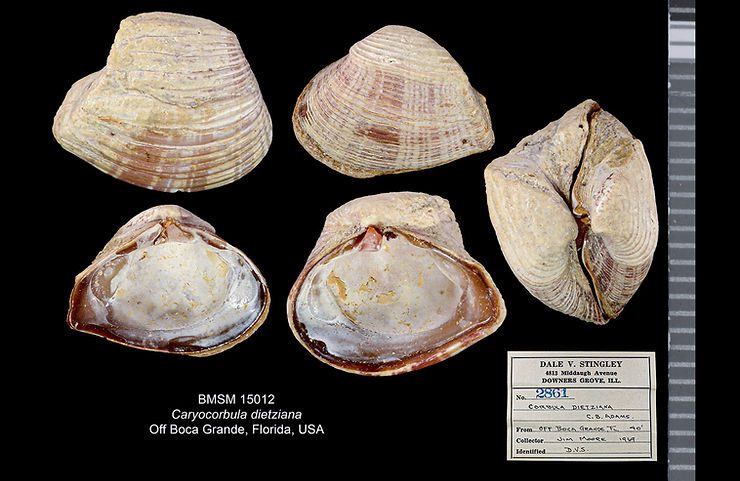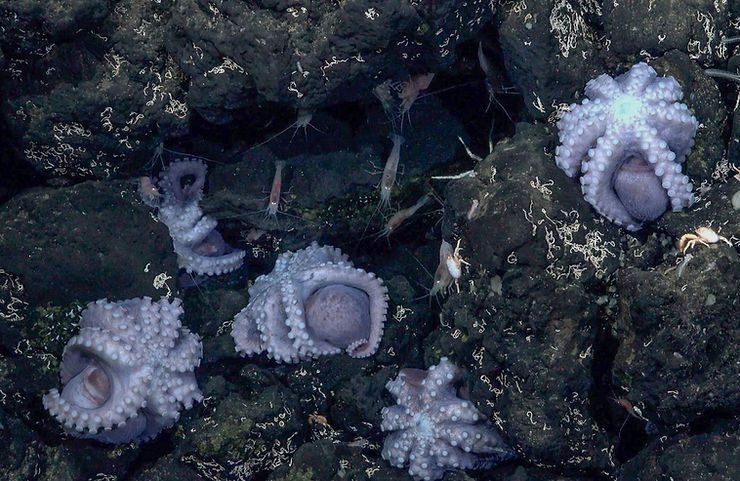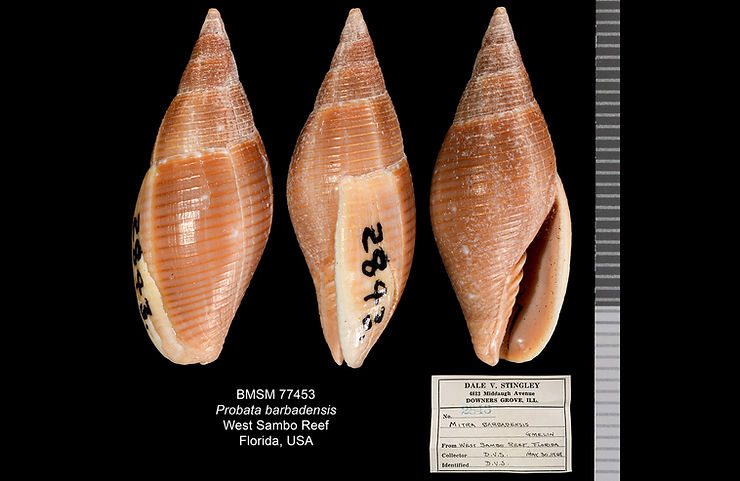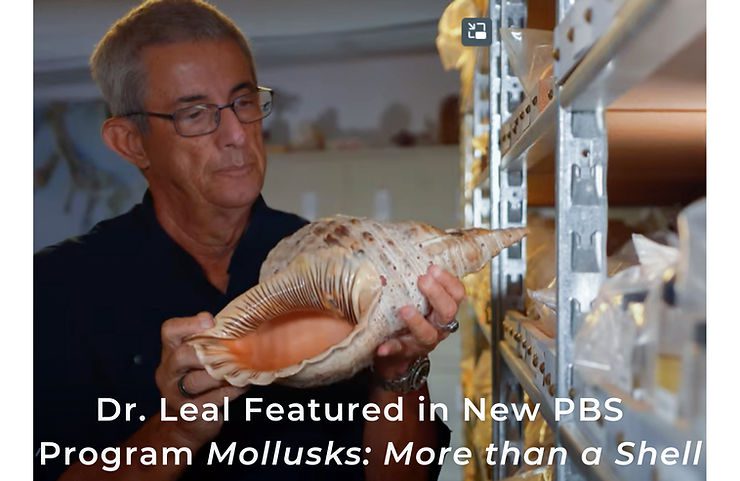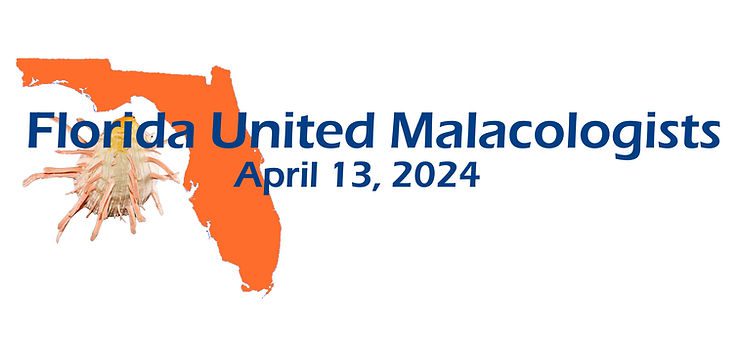
Florida United Malacologists 2024
Save the Date! The next meeting of Florida United Malacologists (FUM) will take place on Sanibel Island, Florida, on Saturday, April 13, 2024, at the Sanibel Community House, 2173 Periwinkle Way, on Sanibel. The one-day gathering brings together researchers, collectors, students, citizen scientists, and enthusiasts interested in a broad range of mollusk-related topics. Read more about previous FUM events at https://www.shellmuseum.org/2022-fum. Registration and more information to follow soon. W
